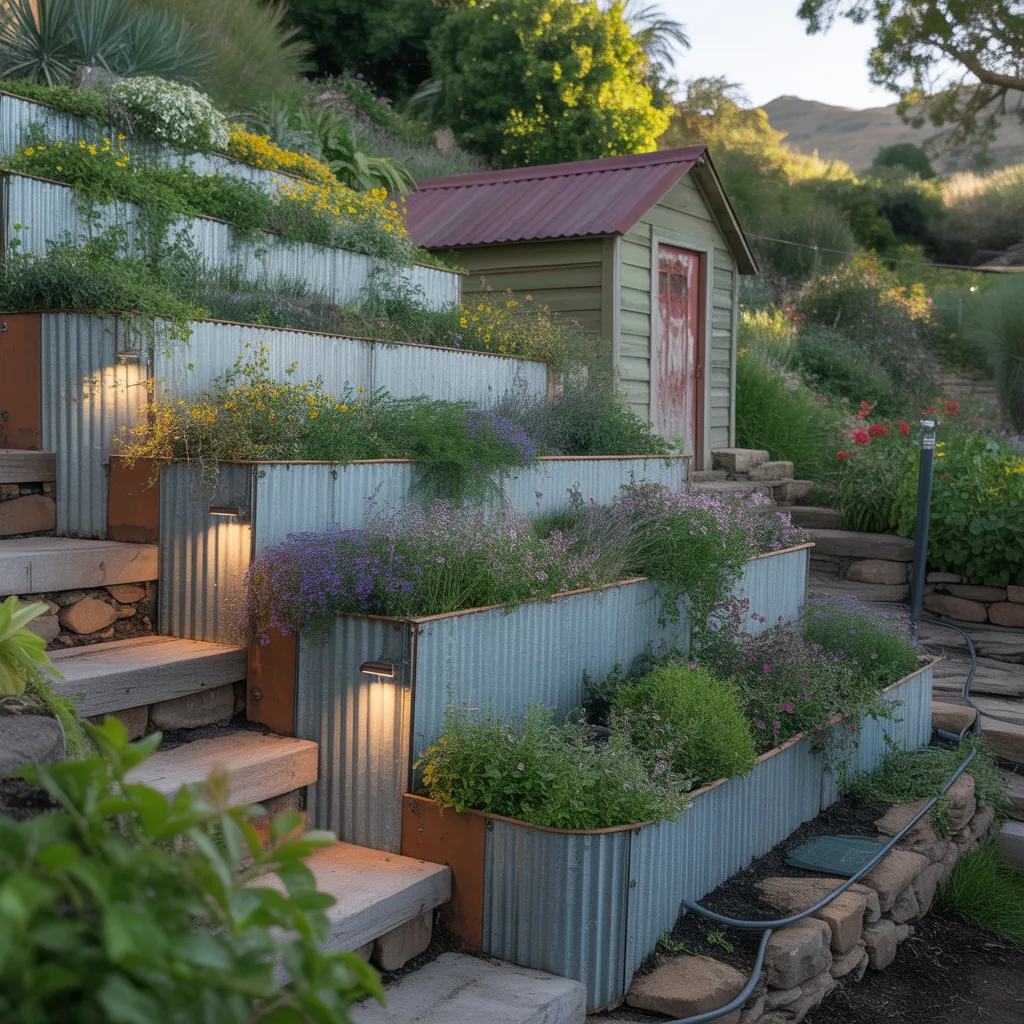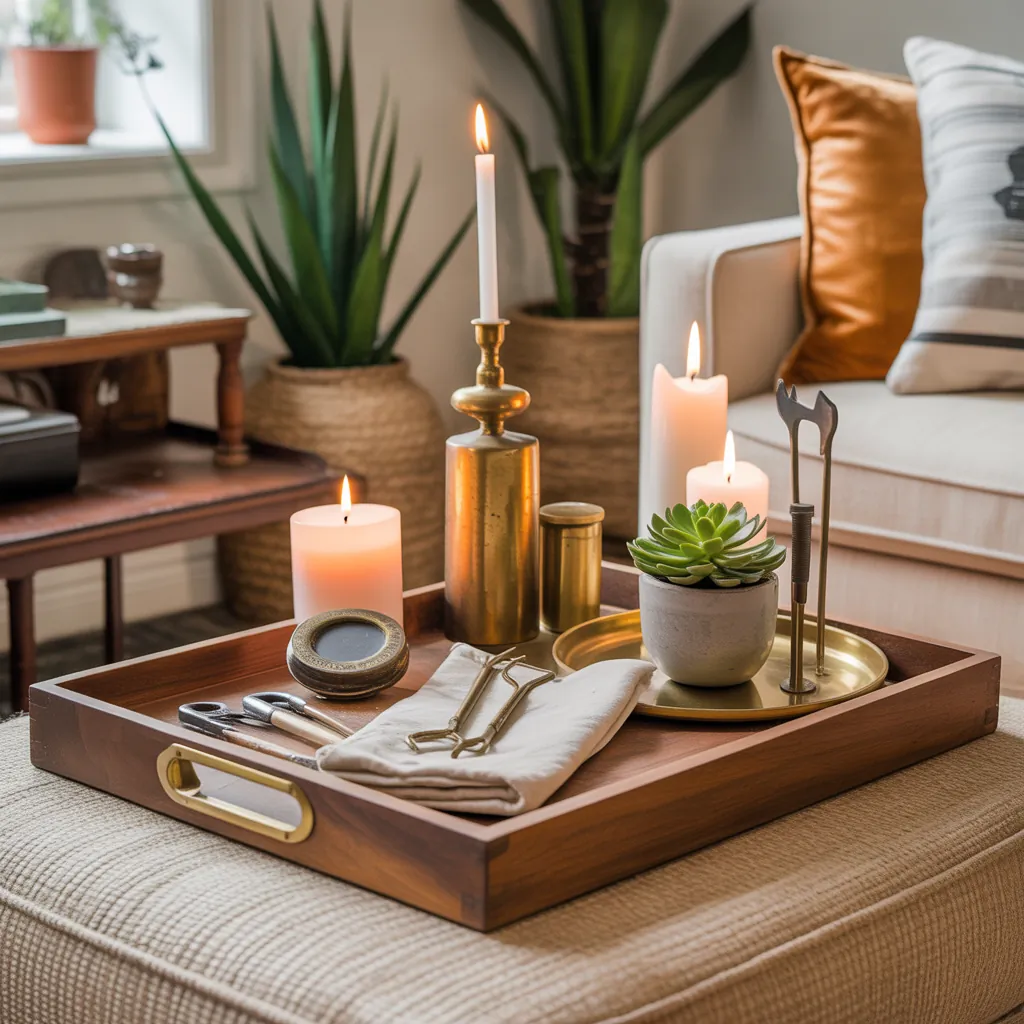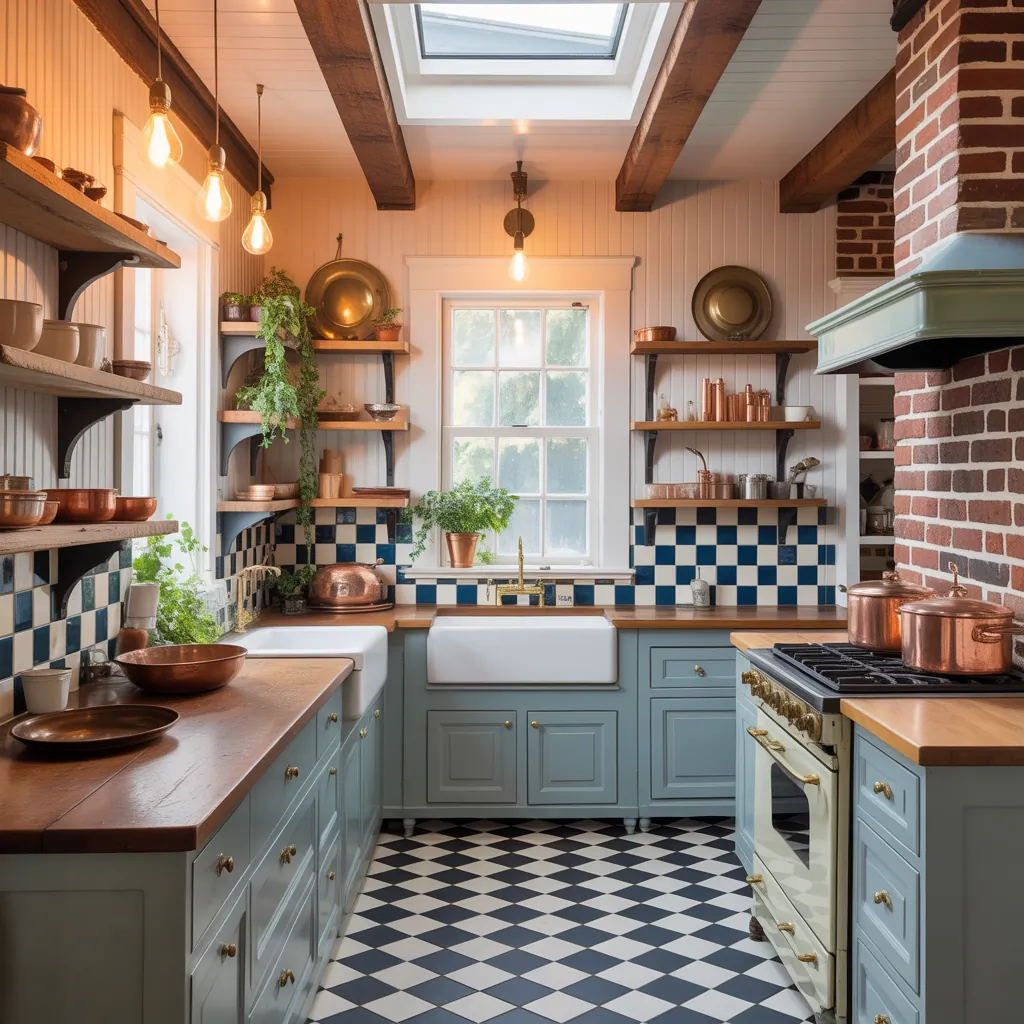Standing at the top of a steep backyard and wondering how to turn that awkward slope into a beautiful, usable garden? If you’ve ever wished your hillside could be a productive flower haven, vegetable patch, or cozy outdoor room, you’re not alone. In this guide you’ll find practical, beginner-friendly ideas for gardening on slopes that will help you control erosion, maximize plant health, and create stunning landscape tiers—without hiring a full crew.
Why slopes can be a gardener’s opportunity (not just a problem)
Slopes bring challenges—water runoff, soil erosion, and mowing headaches—but they also offer microclimates, great drainage for drought-tolerant plants, and dramatic visual interest. With the right design and a few DIY techniques, a sloped yard becomes an asset: easy-to-reach terraces, cascading flowers, and viewpoints that flat yards can’t match.
Top design concepts for sloped gardens
Terraced beds: classic and functional
Terracing creates flat planting areas and slows water runoff. Materials range from treated timber and railroad ties to natural stone or stacked concrete blocks. Choose a style that matches your home’s aesthetic and your budget.
- Short steps for steep slopes: break a steep grade into multiple low terraces (2–3 feet tall) for easier maintenance.
- Contoured terraces: follow the natural slope for a softer, cottage-garden look.
- Include a built-in bench or path on a wider terrace to create a usable outdoor room.
Rock gardens, retaining walls, and gabions
For a modern or rustic look, use stone or gabion baskets to stabilize soil and add texture. Rock gardens are excellent for drought-tolerant plants and succulents, while gabions are great for DIYers who want a long-lasting solution.
Swales, terraces, and rain gardens for water management
Incorporate a shallow swale or rain garden to capture runoff and direct water slowly into the soil. This reduces erosion and supports moisture-loving plants at the base of the slope.
Practical DIY tips: step-by-step slope gardening projects
Below are two hands-on projects you can tackle on a weekend or over a few weekends with basic tools.
DIY low retaining wall and terrace (materials & steps)
- Plan and mark: use stakes and string to map terraces. Check local codes for height/permits.
- Excavate a level trench for the base of the wall; make sure it’s firm and slightly sloped back toward the hill for stability.
- Lay a compacted gravel base (2–4 inches) and set your first course of blocks or stones; use a rubber mallet to level.
- Backfill behind the wall with gravel and landscape fabric to improve drainage; add topsoil on the terrace level.
- Plant immediately to stabilize soil—use groundcovers and shrubs for the first season.
Estimated time: 1–3 weekends. Tools: shovel, wheelbarrow, level, tamper, gloves.
Quick slope stabilizing with terraces and groundcover
- Install biodegradable erosion control blankets (coir or jute) over seeded areas.
- Plant a mix of deep-rooted perennials and fast-spreading groundcovers (see plant list below).
- Use mulch to protect bare soil and reduce watering needs.
Best plants for slopes: erosion control and visual impact
Choose plants that anchor soil with strong root systems, tolerate your slope’s sun/shade exposure, and match your design style.
- Groundcovers: creeping thyme, sedum, vinca major, ajuga
- Shrubs: lavender, rosemary, dwarf juniper, manzanita
- Ornamentals and grasses: fountain grass, blue fescue, daylilies
- For wet lower slopes: switchgrass, sedges, native rushes
Low-maintenance slope landscaping ideas
If you want minimal upkeep, consider:
- Xeriscaping with native, drought-tolerant species to reduce watering and mowing.
- Container gardens on level terraces for vegetables and herbs—easy to manage and portable.
- Drip irrigation on a timer to deliver water directly to roots and prevent surface erosion.
Design inspiration: styles that work on hillsides
Mediterranean terrace
Warm stone terraces with lavender, citrus containers, and gravel paths create a sun-drenched, low-water garden.
Cottage cascade
Informal terraces, mixed perennial borders, and climbing roses give a romantic, lush feel ideal for gentler slopes.
Modern minimal slope
Clean lines, stacked concrete planters, ornamental grasses, and a monochrome plant palette suit contemporary homes.
Maintenance & safety tips
- Inspect terraces and retaining walls annually for movement or drainage issues.
- Don’t overwater: excessive irrigation increases slope instability—use drip systems and mulch.
- Plant in stages: establish groundcovers first to reduce erosion risk during construction.
- Hire pros for high walls or slopes greater than 3:1; safety first.
Ideas for gardening on slopes: quick checklist before you start
- Assess slope grade and soil type.
- Decide on style: terraced, rock garden, or naturalized meadow.
- Plan drainage and erosion control first.
- Choose plants with appropriate root systems and moisture needs.
- Prepare for phased installation to reduce cost and effort.
Frequently Asked Questions
1. How steep is too steep to garden on?
Slopes gentler than 3:1 (rise:run) are generally manageable for terracing and standard gardening. Steeper slopes can be gardened but may require engineered retaining walls or professional help for safety and long-term stability.
2. What’s the cheapest way to stop erosion on a slope?
Planting fast-establishing groundcovers, using mulch, and installing biodegradable erosion-control blankets are low-cost and effective. Combining plantings with basic contouring or small terraces increases effectiveness.
3. Can I grow vegetables on a slope?
Yes—terraced beds and raised planters work excellently for vegetables. Build level beds with good soil depth, add drip irrigation, and place the most sun-loving crops on the sunniest terraces.
Conclusion: turn your hill into a highlight
Ideas for gardening on slopes range from simple groundcover strategies to full terraces with stone retaining walls. Start small: stabilize soil, add plants that anchor the hill, and build terraces or steps as your budget and time allow. With thoughtful design and a few DIY weekends, your slope can become a productive and beautiful part of your outdoor living space.
Ready to get started? Browse our projects for step-by-step plans and inspiration—check out our DIY projects and home design ideas pages, or explore other upgrades like kitchen upgrades while you plan your yard transformations. Share your slope makeover in the comments or tag us with photos of your progress—let’s make that hillside beautiful.



